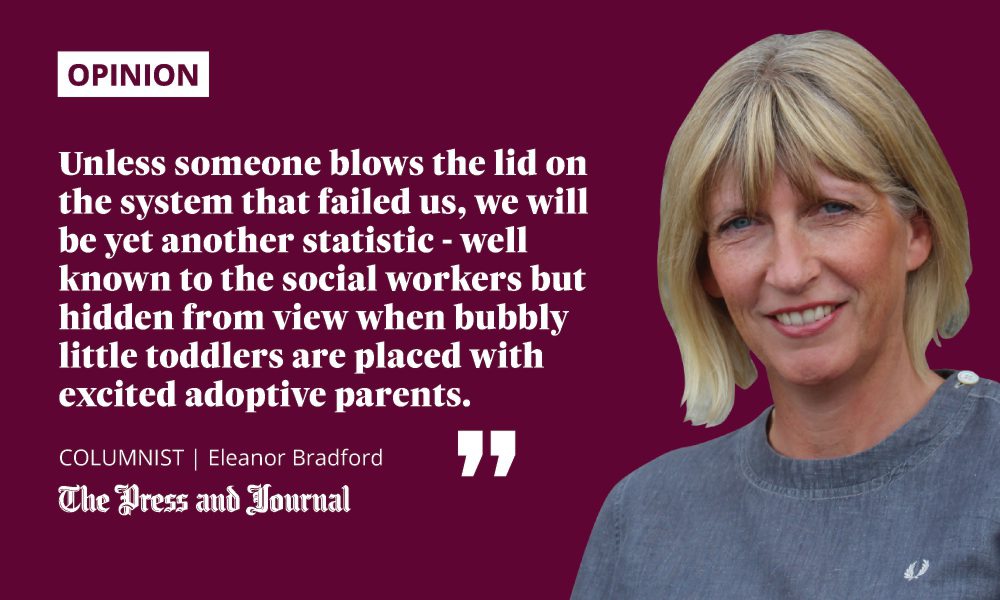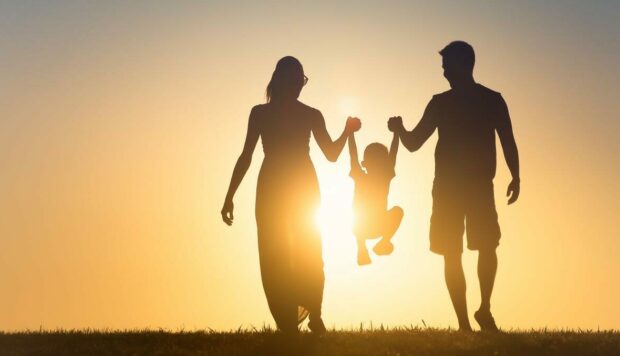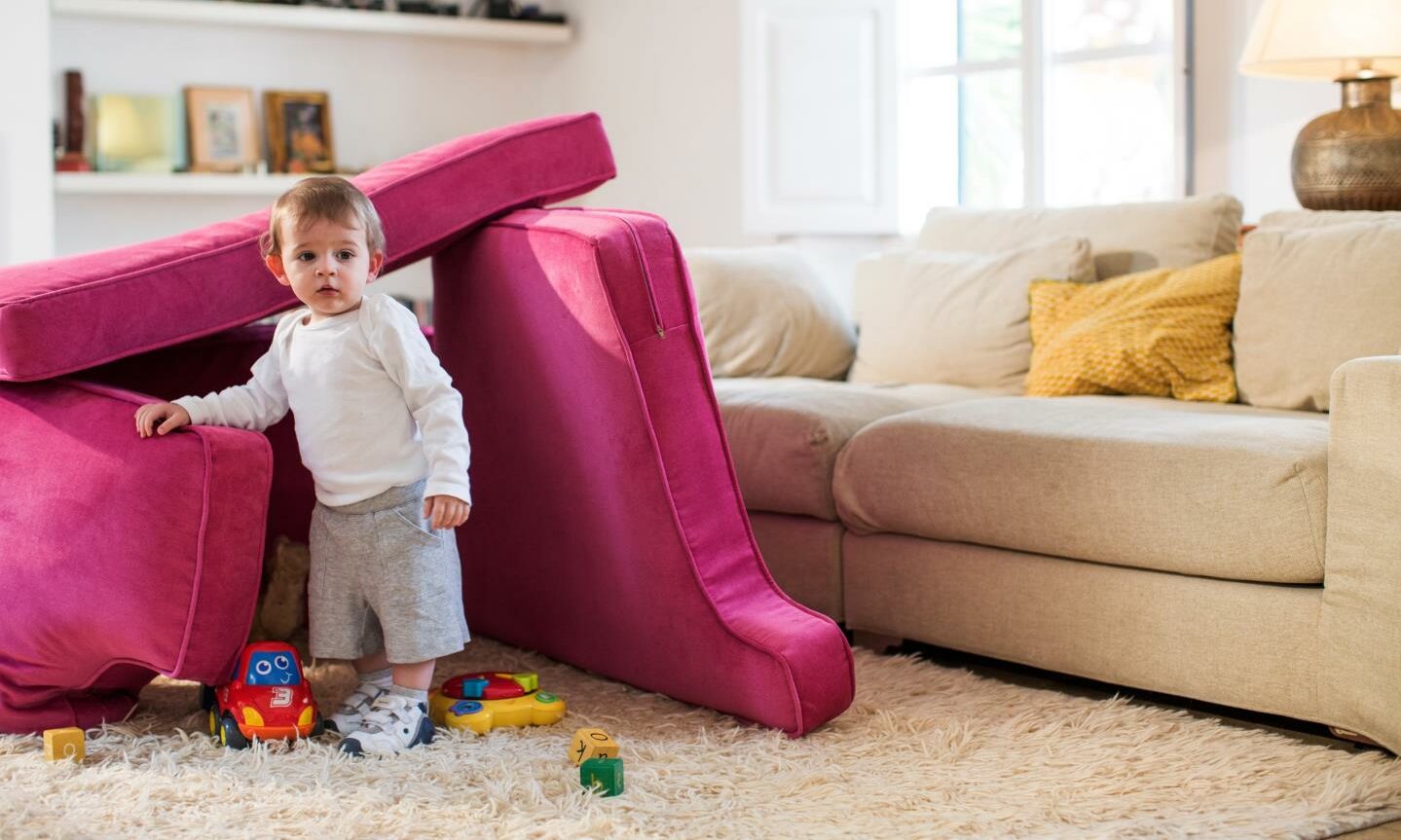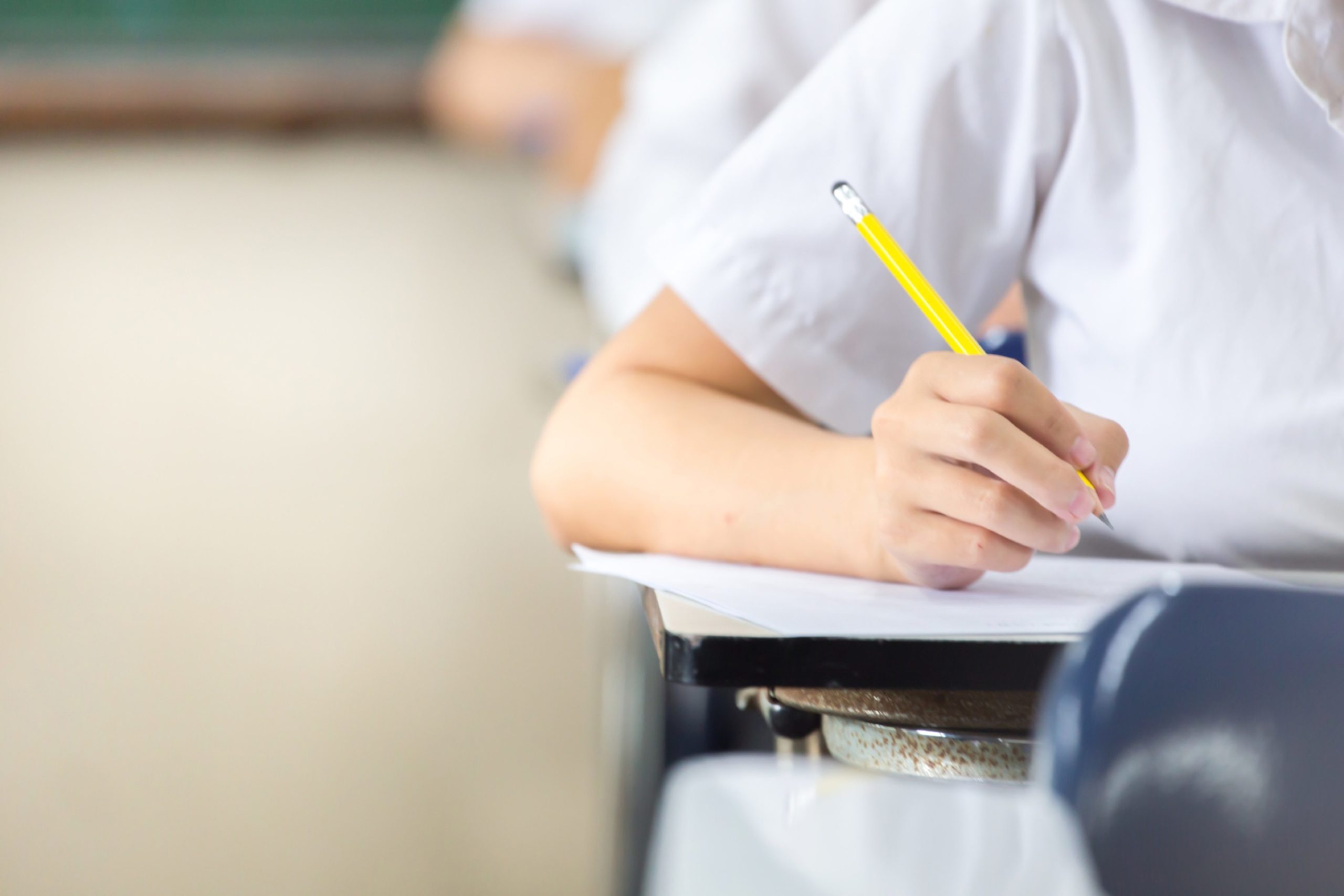I thought long and hard before writing this column.
A few weeks ago, we handed our son over to social workers and put him permanently in the care of the state.

We are not alcoholics nor drug addicts and there is no violence in the home. We handed him over because we are adoptive parents and didn’t get the support we needed to keep him at home.
Unless someone blows the lid on the system that failed us, we will be yet another statistic – well known to the social workers but hidden from view when bubbly little toddlers are placed with excited adoptive parents.
Children who are placed for adoption are no longer the healthy babies born to unmarried mums; the kind you see reunited on Long Lost Family. These children have come from the worst of circumstances.
Our son treated everyone around him (including us) as expendable and was prepared to do anything – anything – to get what he wanted
They were harmed by their parents, if not by drugs or alcohol in the womb, then by drugs, alcohol or violence after birth. That start in life has long-lasting repercussions, yet the system still assumes that, if they have the good fortune to be adopted, they will trot off into the sunset just like Anne of Green Gables.
This trauma manifests itself in various ways. Impulsiveness, addiction, failure to understand consequences, sexualised behaviour, stealing, violence, constant lying, no empathy.
We tried everything we could and got no help
Our son treated everyone around him (including us) as expendable and was prepared to do anything – anything – to get what he wanted. If a birth parent does not show their child love in the first few months of life, vital connections in the brain are simply not formed.
We constantly battled a lack of understanding from the school and a lack of support from the state. When the strain on our family started to get really severe, we asked for respite care to give us a break. It was declined.
Instead, the Children’s Panel said we should get family therapy. Nobody checked whether family therapy was available in Moray. It wasn’t.
The final straw was when an interfering neighbour had the unbelievable arrogance to think she could do better. She invited our son into her home and gave him all the things that we had restricted because he could not control himself, like a smartphone. He immediately used it to gamble online.
The game was up. We could no longer keep him or the rest of our family safe, and he went into care.
A few weeks later, I had a call from an old friend who had adopted children. Breaking down on the phone, he said he didn’t know who else to turn to. His son was stealing, lying, violent and had no empathy. Sound familiar?
Foster care is more supportive but not a happy ending
Studies show 64% of established adoptive families have faced violence or aggression from their child. Seventy-one per cent continually struggle to get the support they need. One in 25 adoptions break down.
It suits everyone when the families involved keep quiet out of shame and fear of yet more misunderstanding. But do you know what happened after our home fell apart? A world of support opened up to our son.
If we really care about what happens to thousands of adopted children, we need to support adoptive families, not just foster ones
All of a sudden, he entered the foster care system, which does recognise that neglected children have suffered harm and need support. We all now have regular meetings with school and with social work. Our son will get more support with his behaviour, support at school, help with managing money and support to find a job after school: all the things which would have helped us stay together as a family.
You might think, well it’s all worked out in the end, hasn’t it? Not really.
Our son is now living with the fourth set of “parents” he has known – and will shortly move on to the fifth. All the evidence shows that the best outcomes are achieved when children are in a stable, long-term home.
He is now much more likely to commit crime and end up in the prison system. As a taxpayer, that’s going to cost you a lot of money, not to mention the foster care payments you’re now having to pay, the free school meals he now qualifies for and the taxis to and from school. We were providing care for free.
If we really care about what happens to thousands of adopted children, we need to support adoptive families, not just foster ones. Not only is it better value for money for the taxpayer, it is better for the children who have had the very worst of starts in life.
Adoptive families volunteer their time, money, stability and love for free. All they require in return is a little support and understanding.
Eleanor Bradford is a former BBC Scotland health correspondent and now works in communications in the education sector


